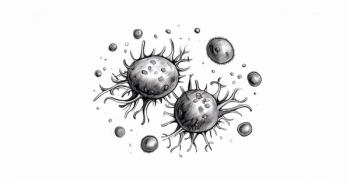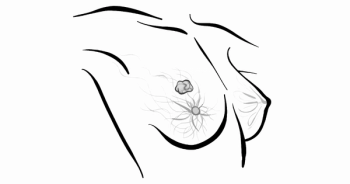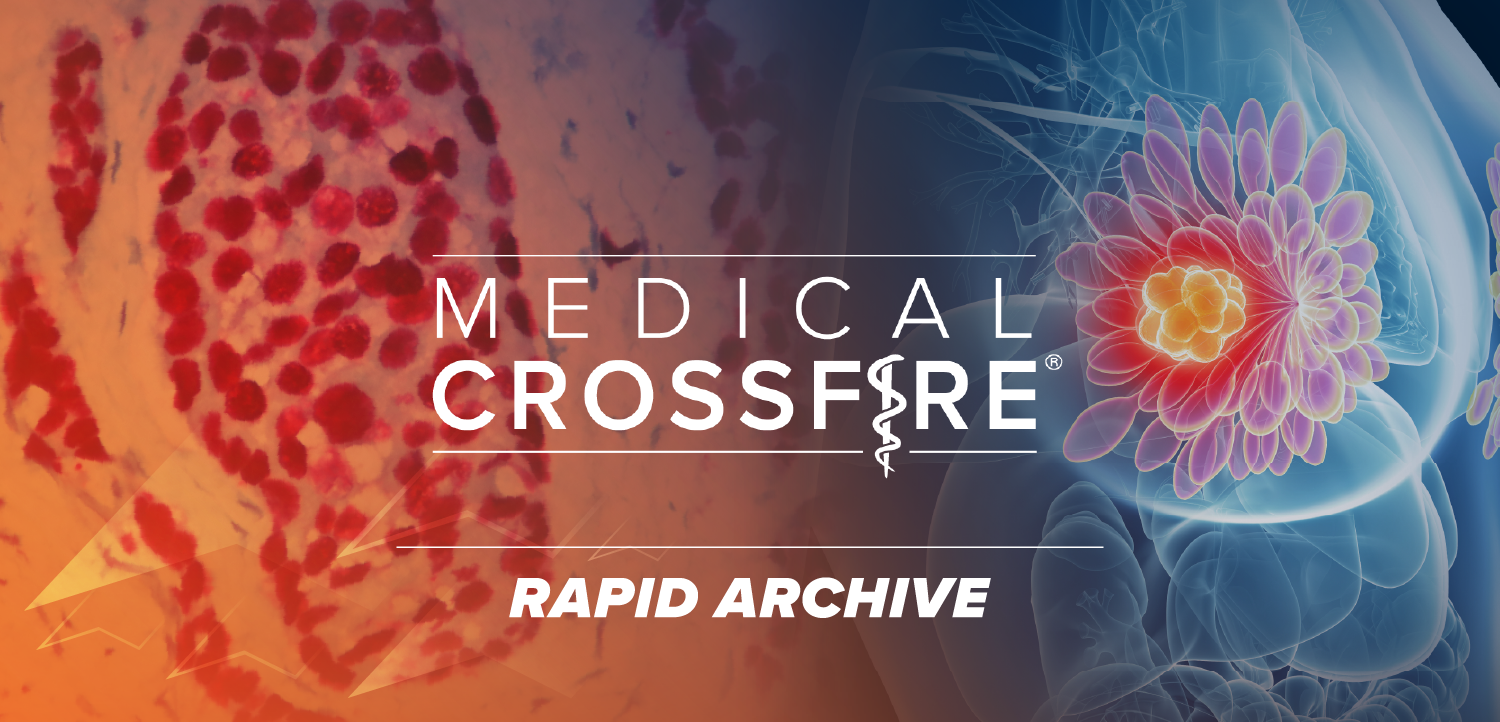
Genetic Ancestry of Patients With High-Risk Melanoma: Tarhini’s Insights
Ahmad Tarhini, MD, PhD, provides data into his research looking at inherited genetic variations and genetic ancestry in patients with high-risk melanoma.
Ahmad Tarhini, MD, PhD, professor and senior member in cutaneous oncology and immunology at Moffitt Cancer Center, provides data into his research looking at inherited genetic variations and genetic ancestry in patients with high-risk melanoma.
Researchers identified key ancestral contributions among patients with high-risk melanoma in a US intergroup phase 3 trial. Most cases genetically clustered with European reference populations, with smaller subsets aligning with admixed American and East Asian ancestries. Based on genetic data combined with the 1000 Genomes reference, the optimal number of ancestral populations was determined to be 5, corresponding to Africa, America, East Asia, Europe, and South Asia.
“For most cases, the estimated European ancestry proportion was more than 50% while a minority of cases had more than 50% East Asian ancestry, more than 50% American ancestry, or more than 40% European and American ancestry,” says Tarhini.
Under this model, most individuals showed over 50% European ancestry, with some displaying significant American or East Asian ancestry. When stratified by self-reported race and ethnicity, most participants identified as White, including a subset identifying as Hispanic, while others reported as Asian or multiracial or had missing data. European ancestry dominated across groups, though Hispanic participants and others showed notable American ancestral contributions. Asian participants showed high East Asian ancestry, while multiracial individuals exhibited mixed profiles, primarily European with some American and East Asian input.
These findings highlight the genetic diversity of the trial population and underscore the importance of considering ancestry in immunotherapy research. Ongoing analyses aim to explore how these ancestral backgrounds correlate with survival outcomes and immune-related adverse events, potentially informing future clinical trial designs.
“Our analysis, in the context of a US intergroup phase 3 study, revealed important insights into the genetic ancestry of patients with high-risk melanoma treated in the United States and Canada. Ongoing analyses are looking into the important associations with survival outcomes and the risk of immune-related adverse events and how these may guide us in the design of future clinical trials,” concludes Tarhini.











































